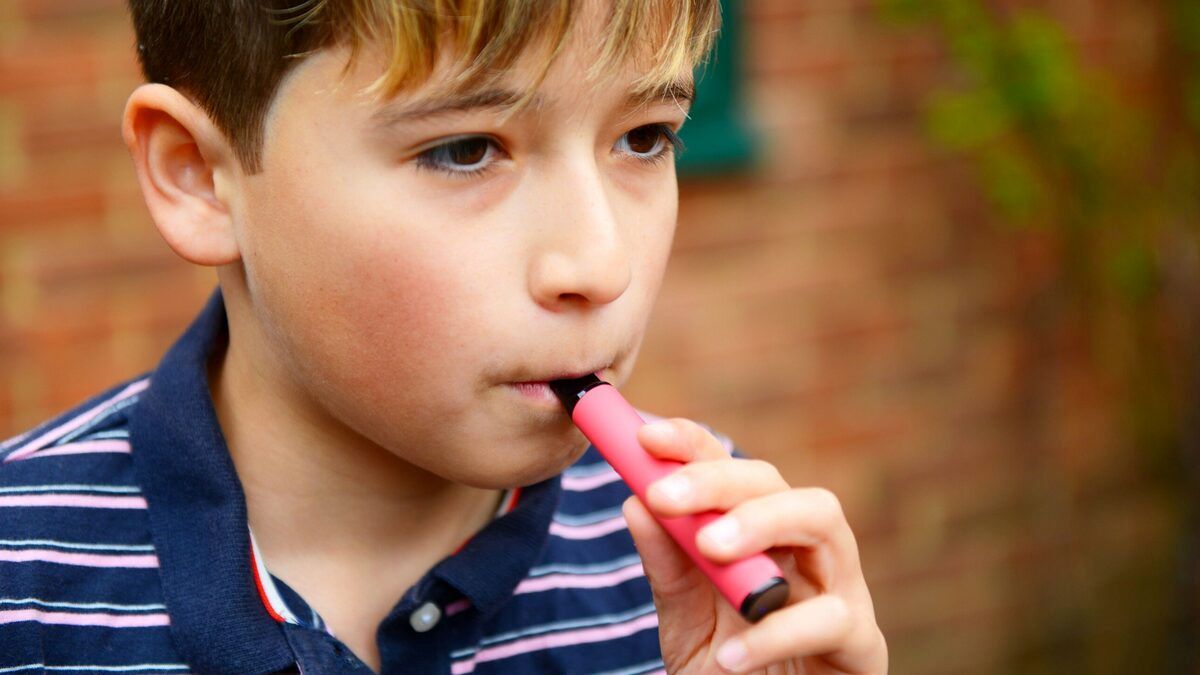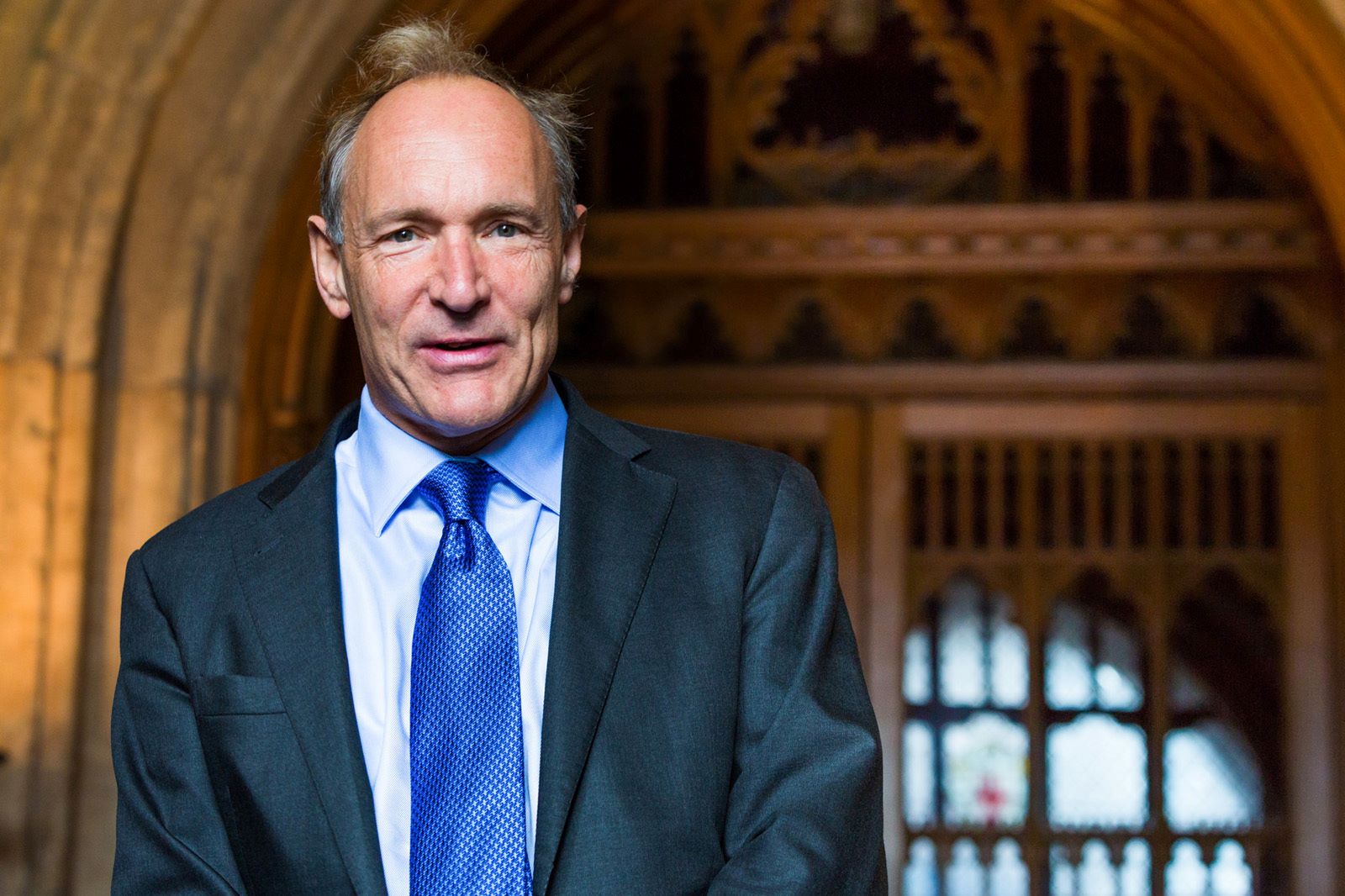
Did you know that around 90% of adult smokers began smoking before the age of 18? This alarming statistic highlights the importance of understanding the factors that lead children to pick up this dangerous habit. From peer pressure to targeted advertising, many influences can push kids toward smoking. But what are the real facts about children smokers? In this blog post, we'll dive into 18 eye-opening facts that shed light on this critical issue. Whether you're a parent, teacher, or just someone concerned about public health, these facts will help you grasp the gravity of youth smoking and what can be done to combat it.
The Reality of Children Smokers
Smoking among children is a serious issue that affects their health and future. Here are some eye-opening facts about this alarming trend.
-
Early Exposure: Many children start smoking before the age of 18. Early exposure increases the likelihood of long-term addiction.
-
Peer Pressure: Peer influence is a significant factor. Kids often start smoking to fit in with friends or appear mature.
-
Parental Influence: Children with parents who smoke are more likely to pick up the habit. Parental behavior plays a crucial role.
-
Health Risks: Smoking at a young age can lead to severe health problems, including respiratory issues and stunted growth.
The Impact on Education and Social Life
Smoking doesn't just affect health; it also impacts education and social interactions.
-
Academic Performance: Children who smoke often have lower grades. The habit can distract from studies and reduce cognitive function.
-
Social Stigma: Young smokers may face social stigma. This can lead to isolation and affect their social development.
-
Behavioral Issues: Smoking is linked to other risky behaviors. These include alcohol use and drug experimentation.
-
School Policies: Many schools have strict anti-smoking policies. Violating these can lead to suspensions or expulsions.
The Role of Media and Advertising
Media and advertising play a significant role in influencing children's smoking habits.
-
Media Influence: Movies and TV shows often glamorize smoking. This can make it seem appealing to impressionable minds.
-
Advertising Tactics: Tobacco companies target young audiences. They use colorful packaging and appealing flavors to attract kids.
-
Online Exposure: Social media platforms can expose children to smoking. Influencers and ads can subtly promote the habit.
Efforts to Combat Child Smoking
Various measures are being taken to reduce smoking among children.
-
Education Programs: Schools and communities offer programs to educate kids about the dangers of smoking.
-
Legislation: Laws have been enacted to restrict tobacco sales to minors. These include higher taxes and age verification.
-
Parental Guidance: Parents are encouraged to talk to their children about smoking. Open communication can deter the habit.
-
Support Groups: Many organizations offer support for young smokers. These groups provide resources and counseling.
The Long-Term Consequences
Understanding the long-term effects of smoking can help in prevention efforts.
-
Addiction: Starting young increases the risk of lifelong addiction. Nicotine is highly addictive, making it hard to quit.
-
Chronic Diseases: Long-term smokers are at higher risk for chronic diseases. These include heart disease, cancer, and lung conditions.
-
Economic Impact: Smoking can lead to financial strain. Medical costs and lost productivity can burden families and society.
The Final Word on Children Smokers
Understanding the dangers of smoking for children is crucial. Kids who start smoking early face serious health risks, including lung disease, heart problems, and addiction. They’re also more likely to continue smoking into adulthood, making it harder to quit later. Parents, educators, and communities must work together to prevent children from picking up this harmful habit. Education and awareness programs can make a big difference. By talking openly about the risks and setting a good example, adults can help steer kids away from smoking. Remember, the goal is to protect young lives and ensure a healthier future for everyone. Let’s stay informed, stay vigilant, and keep our kids smoke-free.
Was this page helpful?
Our commitment to delivering trustworthy and engaging content is at the heart of what we do. Each fact on our site is contributed by real users like you, bringing a wealth of diverse insights and information. To ensure the highest standards of accuracy and reliability, our dedicated editors meticulously review each submission. This process guarantees that the facts we share are not only fascinating but also credible. Trust in our commitment to quality and authenticity as you explore and learn with us.


